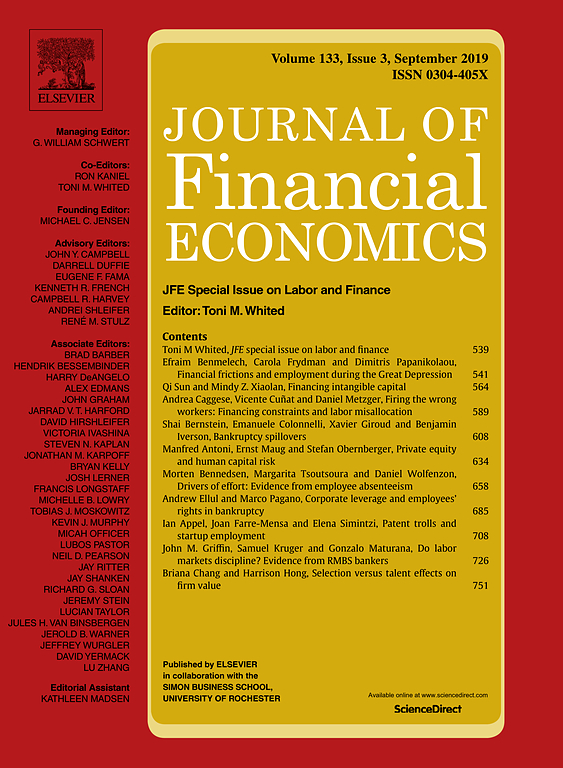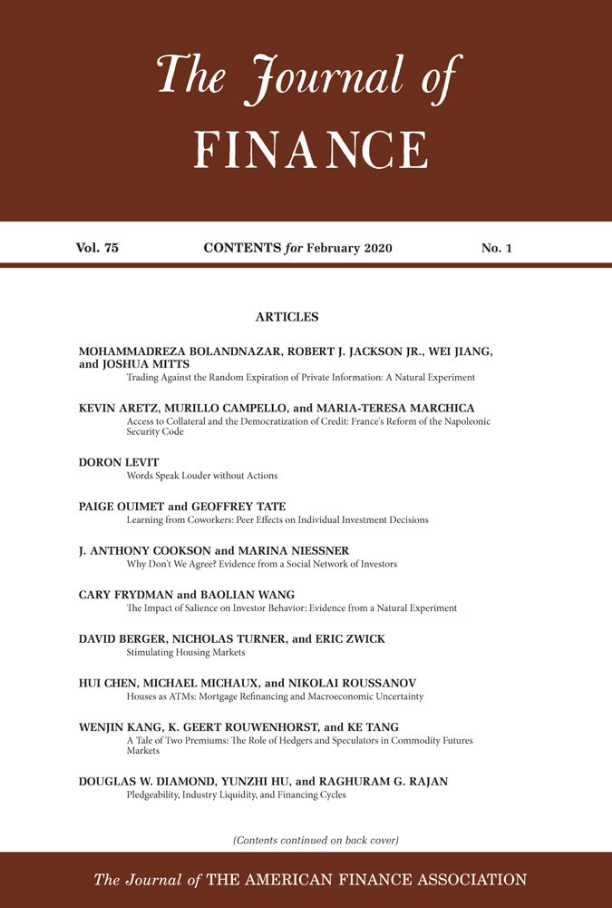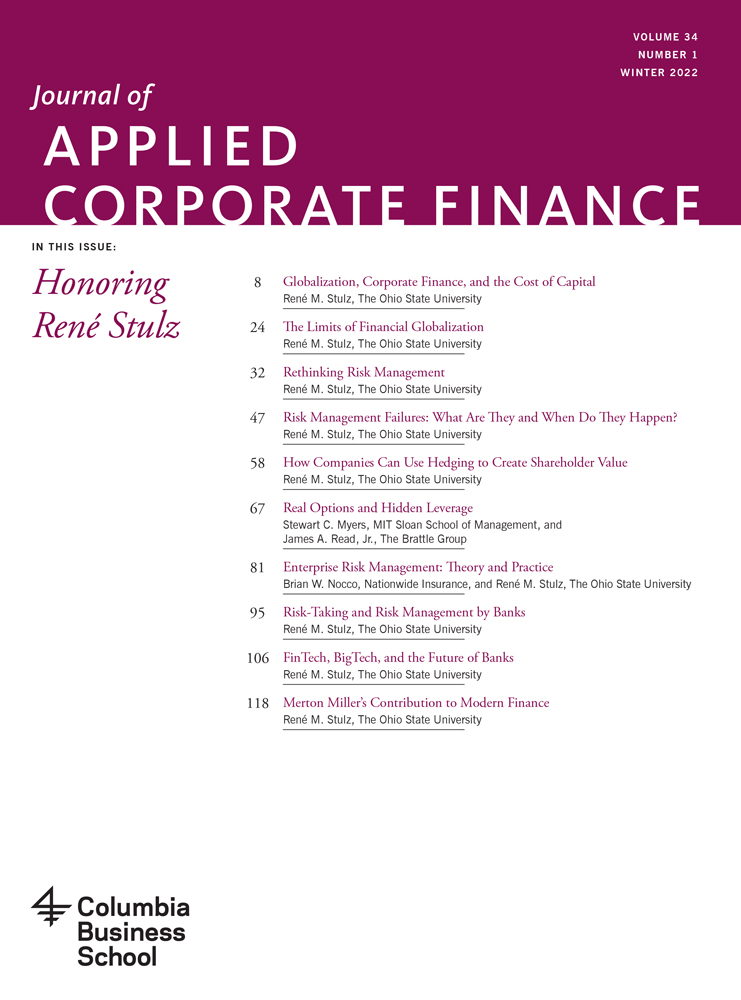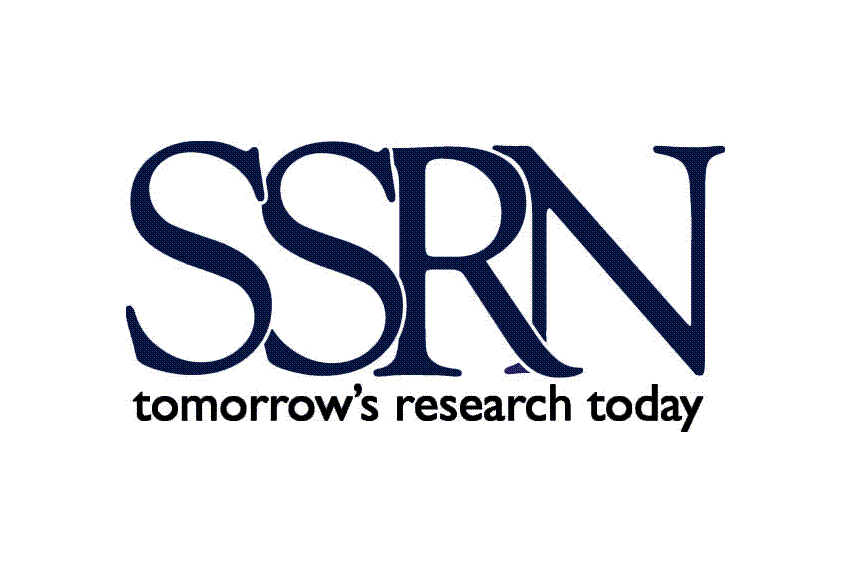Public Capital Markets and Startup Creation
High Growth - High Impact Startups is a research group that studies how high-growth startups emerge and evolve to tackle society’s most urgent challenges and enhance human well-being. The group focuses particularly on two sectors: Femtech—startups founded by women to advance women's health and well-being—and Deeptech—science-driven startups rooted in cutting-edge academic research.
Leveraging large-scale data on venture capital–backed startups, our research explores:
1. The educational, immigration, and professional backgrounds of startup founders;
2. The scale-up phase, when startups access public capital markets;
3. The transition of startups into mature firms that seed the next generation of high-growth ventures.
By examining the full startup life cycle, we illuminate the critical role these firms play in driving innovation, advancing technology, and improving the quality of life for individuals and communities.
Research Cluster
Economic Dynamics and StabilityYour contact

- Department Laws, Regulations and Factor Markets
Refereed Publications

Access to Public Capital Markets and Employment Growth
in: Journal of Financial Economics, No. 3, 2021
Abstract
This paper examines the effect of going public on firm-level employment. To establish a causal effect, we employ a novel data set of private firms to investigate employment growth in IPO firms relative to a group of firms that file for an IPO but subsequently withdraw their offering. We find that employment increases significantly after going public, and the increase is more pronounced in industries with requirements for highly skilled labor and greater dependence on external finance. Improved ability to undertake acquisitions and a strategic shift toward commercialization, rather than agency problems, explain employment growth. Overall, these results highlight the importance of going public for firms' employment policies.

Do Household Wealth Shocks Affect Productivity? Evidence From Innovative Workers During the Great Recession
in: Journal of Finance, No. 1, 2021
Abstract
We investigate how the deterioration of household balance sheets affects worker productivity, and in turn economic downturns. Specifically, we compare the output of innovative workers who experienced differential declines in housing wealth during the financial crisis but were employed at the same firm and lived in the same metropolitan area. We find that, following a negative wealth shock, innovative workers become less productive and generate lower economic value for their firms. The reduction in innovative output is not driven by workers switching to less innovative firms or positions. These effects are more pronounced among workers at greater risk of financial distress.

Activism and Empire Building
in: Journal of Financial Economics, No. 2, 2020
Abstract
Hedge fund activists target firms engaging in empire building and improve their future acquisition and divestiture strategy. Following intervention, activist targets make fewer acquisitions but obtain substantially higher returns by avoiding large and diversifying deals and refraining from acquisitions during merger waves. Activist targets also increase the pace of divestitures and achieve higher divestiture returns than matched non-targets. Activists curtail empire building through the removal of empire building chief executive officers (CEOs), compensation based incentives, and appointment of new board members. Our findings highlight an important channel through which activists improve efficiency and create shareholder value.

Private Equity and Portfolio Companies: Lessons From the Global Financial Crisis
in: Journal of Applied Corporate Finance, No. 3, 2020
Abstract
Critics of private equity have warned that the high leverage often used in PE-backed companies could contribute to the fragility of the financial system during economic crises. The proliferation of poorly structured transactions during booms could increase the vulnerability of the economy to downturns. The alternative hypothesis is that PE, with its operating capabilities, expertise in financial restructuring, and massive capital raised but not invested ("dry powder"), could increase the resilience of PE-backed companies. In their study of PE-backed buyouts in the U.K. - which requires and thereby makes accessible more information about private companies than, say, in the U.S. - the authors report finding that, during the 2008 global financial crisis, PE-backed companies decreased their overall investments significantly less than comparable, non-PE firms. Moreover, such PE-backed firms also experienced greater equity and debt inflows, higher asset growth, and increased market share. These effects were especially notable among smaller, riskier PE-backed firms with less access to capital, and also for those firms backed by PE firms with more dry powder at the crisis onset. In a survey of the partners and staff of some 750 PE firms, the authors also present compelling evidence that PEs firms play active financial and operating roles in preserving or restoring the profitability and value of their portfolio companies.

The Creation and Evolution of Entrepreneurial Public Markets
in: Journal of Financial Economics, No. 2, 2020
Abstract
This paper explores the creation and evolution of new stock exchanges around the world geared toward entrepreneurial companies, known as second-tier exchanges. Using hand-collected novel data, we show the proliferation of these exchanges in many countries, their significant volume of Initial Public Offerings (IPOs), and lower listing requirements. Shareholder protection strongly predicted exchange success, even in countries with high levels of venture capital activity, patenting, and financial market development. Better shareholder protection allowed younger, less-profitable, but faster-growing, companies to raise more capital. These results highlight the importance of institutions in enabling the provision of entrepreneurial capital to young companies.
Working Papers

Can Nonprofits Save Lives Under Financial Stress? Evidence from the Hospital Industry
in: SSRN Working Paper, No. 4946064, 2024
Abstract
<p>We compare the effects of external financing shocks on patient mortality at nonprofit and for-profit hospitals. Using confidential patient-level data, we find that patient mortality increases to a lesser extent at nonprofit hospitals than at for-profit ones facing exogenous, negative shocks to debt capacity. Such an effect is not driven by patient characteristics or their choices of hospitals. It is concentrated among patients without private insurance and patients with higher-risk diagnoses. Potential economic mechanisms include nonprofit hospitals' having deeper cash reserves and greater ability to maintain spending on medical staff and equipment, even at the expense of lower profitability. Overall, our evidence suggests that nonprofit organizations can better serve social interests during financially challenging times.</p>

R&D Tax Credits and the Acquisition of Startups
in: IWH Discussion Papers, No. 15, 2023
Abstract
We propose a novel mechanism through which established firms contribute to the startup ecosystem: the allocation of R&D tax credits to startups via the M&A channel. We show that when established firms become eligible for R&D tax credits, they increase their R&D and M&A activity. In particular, they acquire more venture capital (VC)-backed startups, but not non-VC-backed firms. Moreover, the impact of R&D tax credits on firms’ R&D is increasing with their acquisition of VC-backed startups. The results suggest that established firms respond to R&D tax credits by acquiring startups rather than solely focusing on increasing their R&D intensity in-house. We also highlight evidence that startups do not appear to benefit from R&D tax credits directly, perhaps because they typically lack the taxable income necessary to directly benefit from the tax credits. In this context, established firms can play an intermediary role by acquiring startups and reallocating R&D tax credits, effectively relaxing the financial constraints faced by startups.














